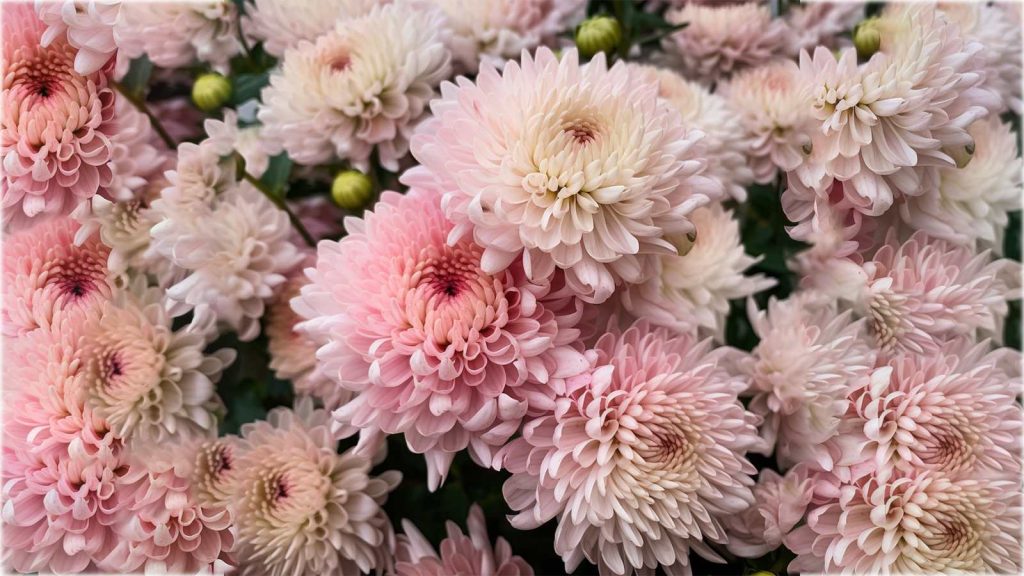A vibrant garden is an ever-changing tapestry of colors, textures, and scents that evolve with the seasons. To ensure year-round beauty and productivity, it’s essential to understand what plants thrive in each season. By aligning your planting with the natural cycles of the year, you can create a flourishing garden that delights the senses throughout the seasons. Here’s a seasonal planting guide to help you plan and cultivate a vibrant garden:
Spring:
As the weather warms and daylight lengthens, spring offers an opportunity to awaken your garden after the winter slumber. Focus on the following plantings:
- Bulbs: Plant tulips, daffodils, and crocuses in the fall for a burst of color in the spring. These cheerful flowers herald the arrival of the new season.
- Cool-Season Annuals: Sow seeds or transplant cool-season annuals like pansies, snapdragons, and violas. They tolerate cooler temperatures and provide vibrant blooms.
Summer:
Summer is a time of abundant growth and flourishing landscapes. Embrace the warm weather by planting:
- Warm-Season Annuals: Fill your garden with sunflowers, zinnias, cosmos, and marigolds. These colorful annuals thrive in the heat and add a festive touch.
- Herbs and Vegetables: Plant basil, tomatoes, peppers, cucumbers, and other heat-loving herbs and vegetables for a bountiful harvest during the summer months.
Autumn:
Autumn is a transitional season when the garden undergoes a shift. Prepare your garden for the cooler months ahead with:
- Fall Annuals: Choose mums, asters, and ornamental cabbage or kale to bring vibrant colors to your garden as other flowers begin to fade.
- Perennials: Plant perennial flowers like sedums, asters, and ornamental grasses. They provide interest and texture even as other plants prepare for dormancy.
Winter:
Though winter may seem dormant, it can still offer moments of beauty and interest in your garden. Consider these options:
- Evergreen Shrubs: Plant evergreen shrubs like holly, boxwood, and conifers to provide structure and color throughout the winter season.
- Winter Vegetables: In mild climates, consider planting cool-season vegetables such as lettuce, kale, and Brussels sprouts, which thrive in cooler temperatures.
Remember, these are general guidelines, and specific plant selections may vary depending on your climate zone. It’s always best to research plants suitable for your region and consult local gardening resources for the most accurate recommendations.
In addition to plant selection, proper care and maintenance throughout the seasons are crucial for a vibrant garden. Regular watering, mulching, pruning, and fertilizing as needed will help your plants thrive and maximize their beauty and productivity.
By understanding the seasonal rhythm of your garden and selecting appropriate plants for each season, you can create a visually stunning and diverse landscape that evolves with the changing weather. Enjoy the journey of gardening through the seasons, as each one brings its own unique beauty and rewards.




